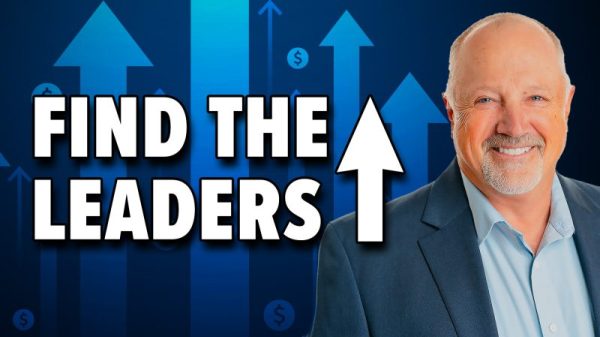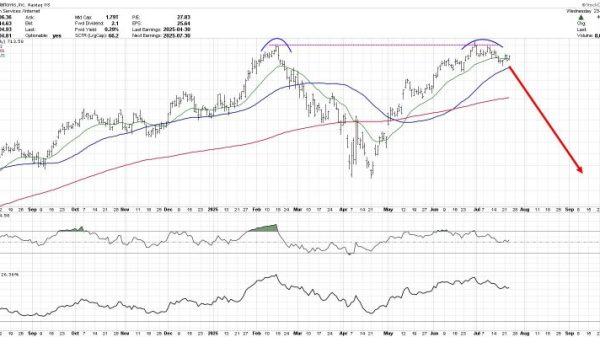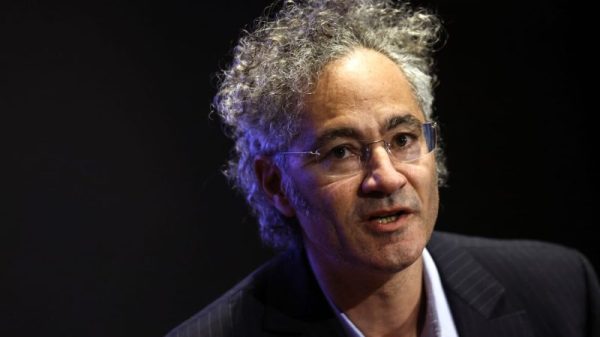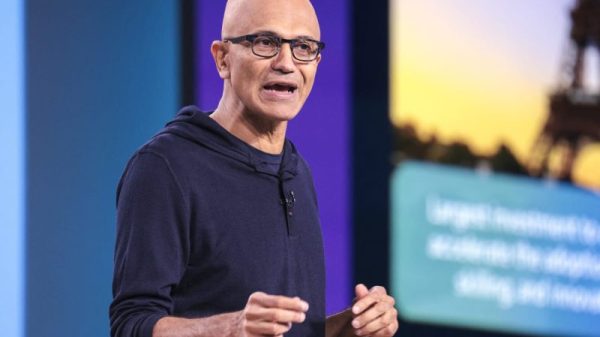Weaker-than-expected job growth in October and a slight uptick in unemployment show the red-hot job market is finally cooling. That’s a good thing.
The Federal Reserve has been trying to get the worst inflation in years under control by raising interest rates. A slowing job market may be evidence that its strategy is working.
“With less heat seen in the job market, this report should go over well at the Federal Reserve,” Mark Hamrick, senior economic analyst at Bankrate, said in a note Friday. For the second time in a row, the Fed left rates untouched at a 23-year high after its latest meeting Wednesday, while keeping alive the possibility of further hikes if inflation resurges.
“Fed officials looking for more tempered economic data sure found it in this month’s jobs numbers,” agreed Jesse Wheeler, senior economist at Morning Consult. “The rate hiking cycle may have come to an end,” he predicted in a note after the jobs data came out.
People wait in line during a career fair Thursday in Los Angeles.Frederic J. Brown / AFP via Getty Images
Some policymakers have worried the Fed has been too aggressive and will tip the economy into recession. Sen. Elizabeth Warren, D-Mass., and other progressives have accused Fed Chairman Jerome Powell of sacrificing millions of American jobs to combat inflation, which clocked in at an annual rate of 3.7% in September. That’s much lower than the 9.1% peak hit in June 2022 but still well above the Fed’s 2% target. The Goldilocks scenario is if the job market can remain solid but cool slightly — and gradually — while inflation continues to trend lower.
One month does not make a trend, of course. The labor market’s sturdy performance has surprised most economists over the past year. While October’s 150,000 net job gains came in lower than expected — nearly half of September’s revised level — hiring growth is still strong.
Compared with the 258,000 monthly average over the past 12 months, last month’s job gains look rather low. But if not for the United Auto Workers strikes, October’s hiring levels would be on par with the 179,000 jobs added each month on average during the pre-pandemic year of 2019. Many striking autoworkers are already back on the job and will be reflected in next month’s data. (All but around 2,000 of the 35,000 jobs lost across the manufacturing sector last month came from the auto industry.)
Overall, many economists say the labor market remains resilient, posting 34 consecutive months of job growth and a jobless rate below 4% for the last two years.
And while millions of households are still struggling with basic expenses ranging from housing to groceries in a year when most pandemic-era lifelines have expired, many workers’ paychecks are still growing faster than inflation is eating them up. Average hourly earnings have eased, but year-over-year wages are up 4.1%, compared with a 3.7% annual increase in consumer prices.
So far, that has made many consumers comfortable continuing to spend, even if they pull back in some areas or get more vigilant about hunting for deals.
“The good news here for workers is that in the horserace against inflation, wages are ahead by a nose,” Hamrick wrote.
And this is one race where slow and steady wins.





























